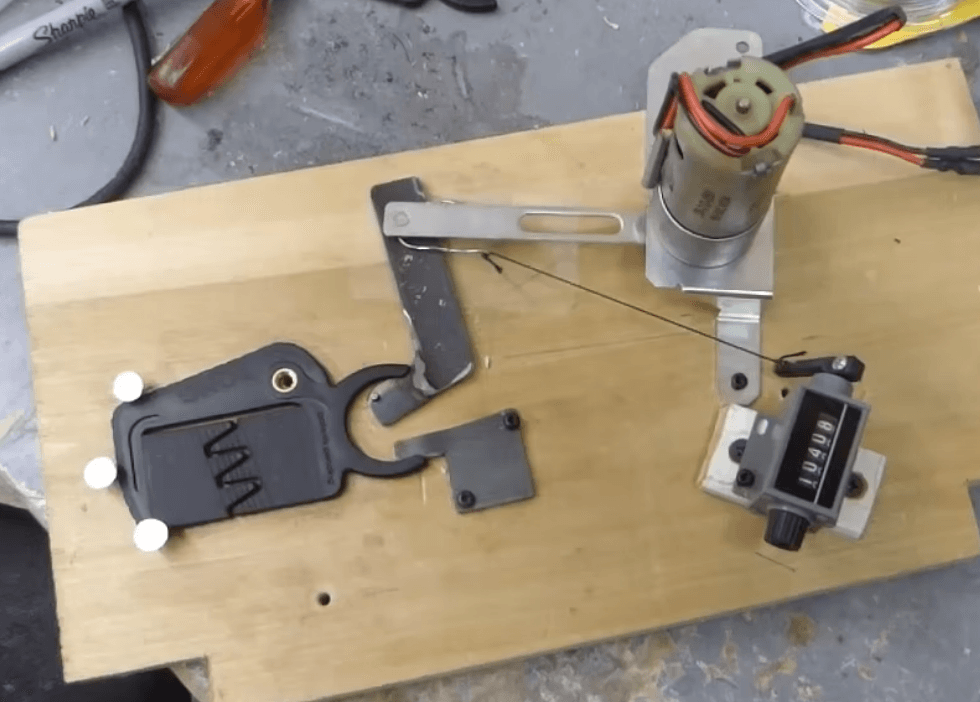The Importance of Testing
Have you ever used a house key to slice open a box? I do it often. That's not an intended use. As the inventor you may think you know how people will use your product, but you don’t really know until you hand it to people and ask them to use it at home or at work.

Before any serious company starts shipping it will take steps to ensure the product delivers on its claims. The company needs to protect its brand and knows that long term losses from shipping a bad product will far exceed any short term profits.
For an inventor, understanding that an invention will need to pass tests is helpful in the design and development process. Ask yourself: how long should the product function before needing maintenance, repair or replacement? How will the product actually be used in the real world? Answering those questions will determine design and material choices and, in turn, influence costs and retail price. The design and material choices may also result in features covered by patent claims.
There’s a lot of discussion in inventor forums about licensing an invention from a sales sheet. That is certainly worth trying, but the odds of success are much lower than when an invention is engineered and tested to at least some degree - our most successful inventions have always had working prototypes that we’ve tested.
The testing an independent inventor does will be less formal than what a corporation does. Years ago we had a design for a low profile windshield wiper and had interest from the company that sold Triple Edge Wipers on TV (Direct To Retail). We had developed the wiper in Southern California and had tested it at speeds of up to 65 mph on local freeways, using the wash function to confirm that it wiped ok. That was a pretty lame test. When we traveled to Massachusetts to present the wipers to DTR, it was raining and we had our first opportunity to try the prototypes in real world conditions on a rental car. That’s how, doing 85 mph on the Mass Turnpike on a beautiful rainy fall day, we learned that we had a lifting problem: above 70 mph parts of the wiper lifted off the windshield and failed to clear raindrops.
We fixed the problem, but the deal with DTR didn’t go forward. We did, however, have interest from Trico, a leading manufacturer of wiper blades. It was educational to see that Trico had at least half a dozen test bays that held full size cars with wind and rain machines. Unfortunately, a deal didn’t happen with them either because they had a better low profile design already in the works. We had three patents on it. They’ve expired:
share this article: facebook